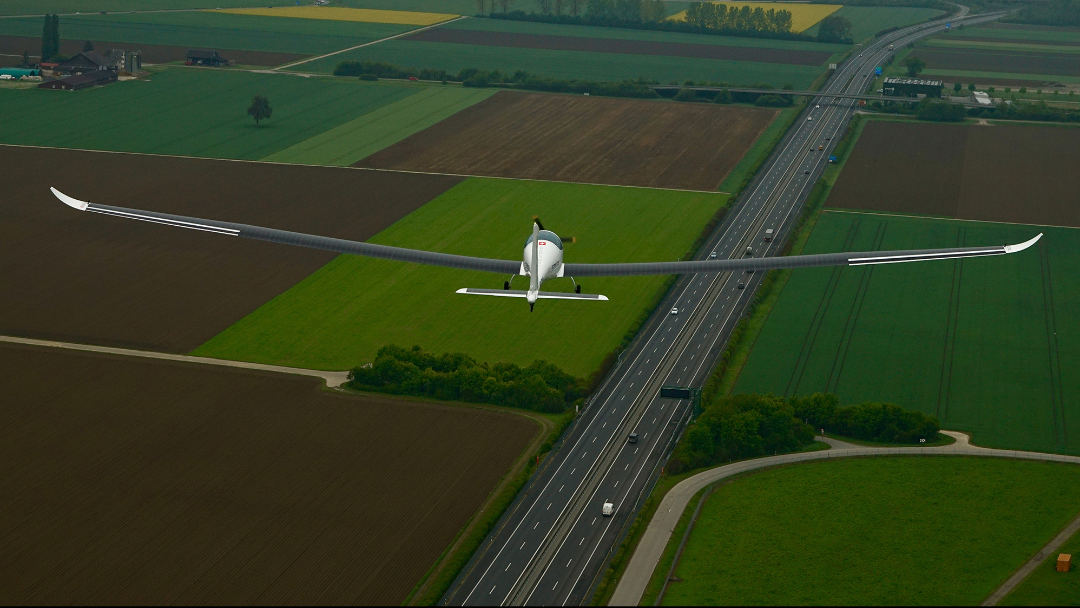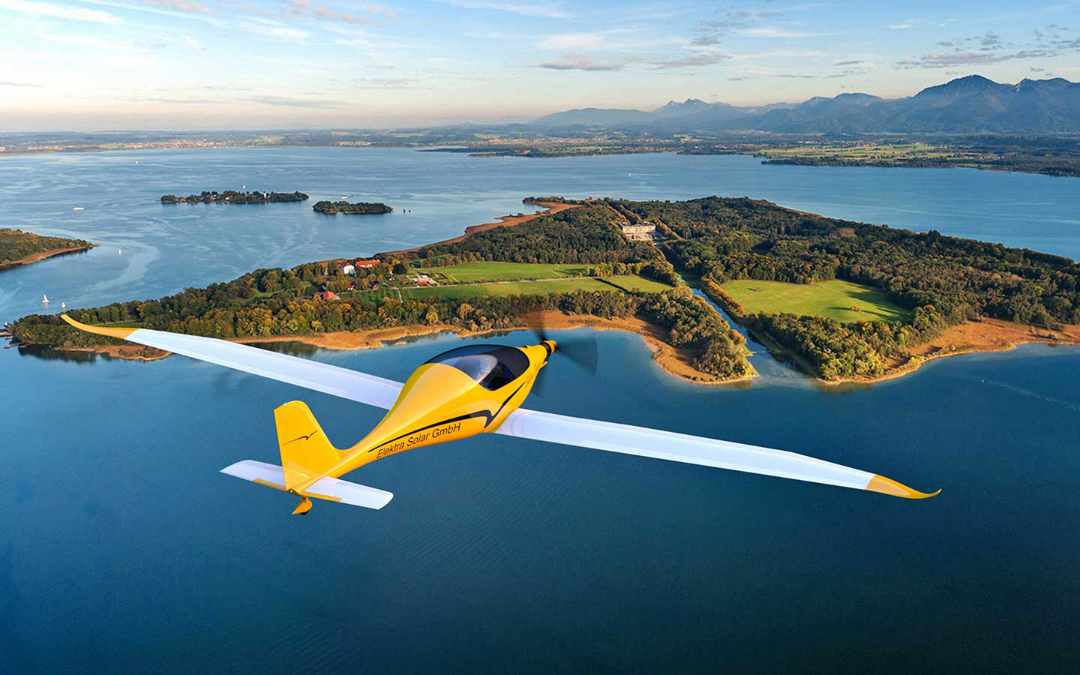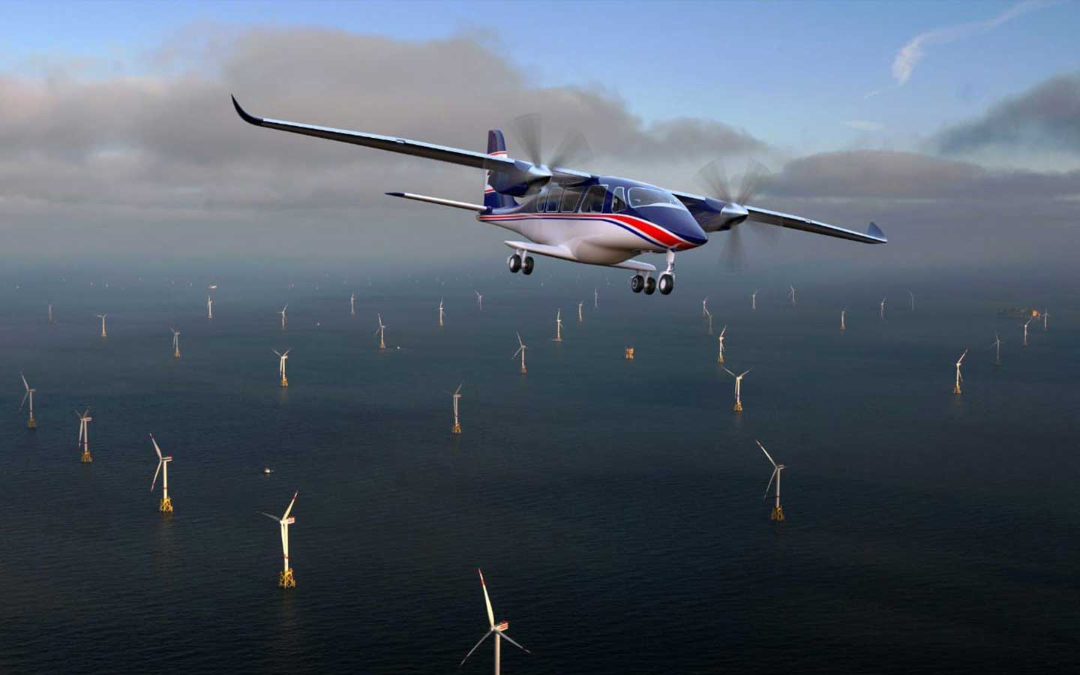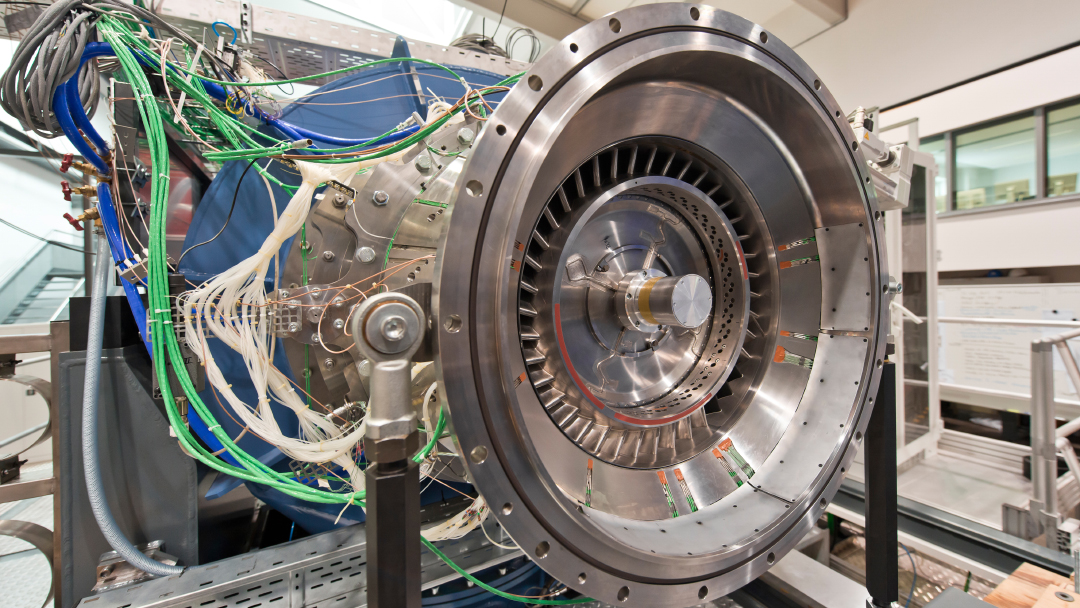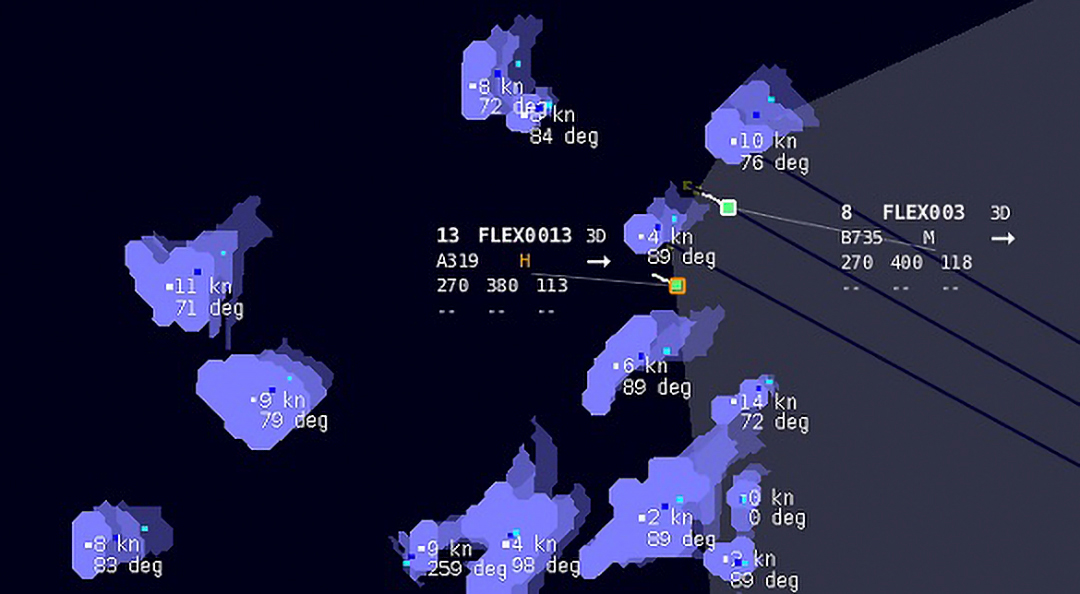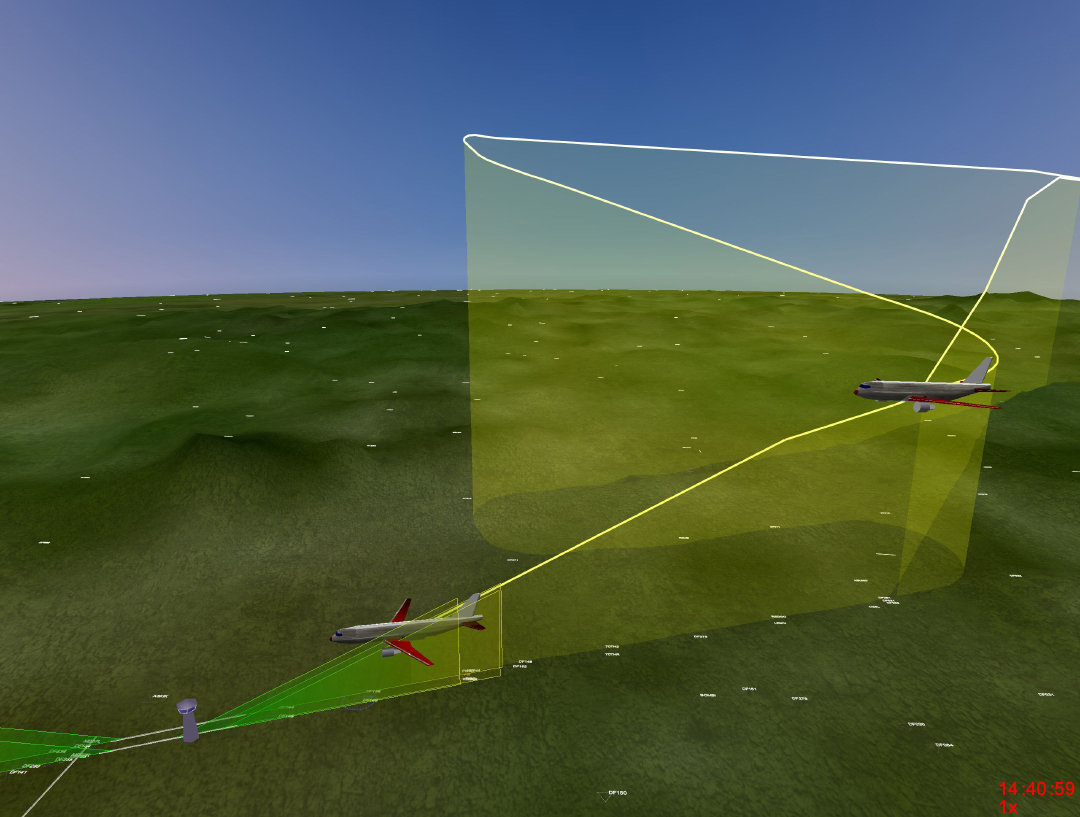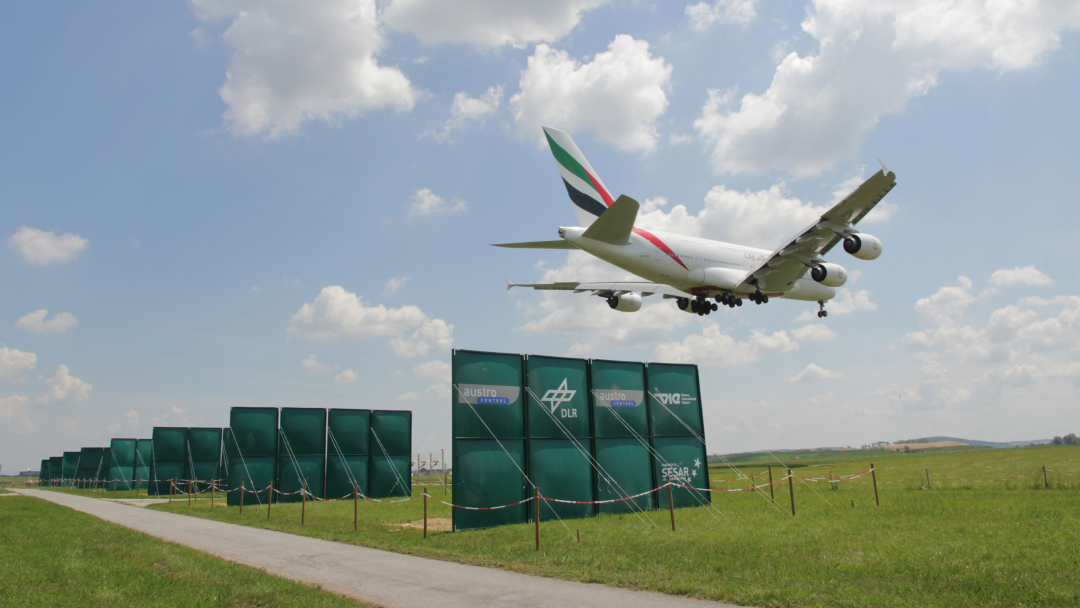Reinventing aviation
Travelling by air considerably shortens travel times – albeit it comes at a high price: aircraft noise, pollutants and greenhouse gases are emitted. At the German Aerospace Center, researchers have some ideas how travelling by air could be made more environment-friendly and more humane.
Heading towards the zero-emission aircraft
Aviation without kerosine? DLR is addressing this issue. DLR’s “Electric Flight Demonstrator” is a study for electrically driven aircraft for a test aircraft with 19 seats based on a Dornier Do-228 – with an electric propeller drive featuring an engine power of 500 kilowatts. The project is funded by the Federal and Bavarian ministries for Economic Affairs. The required energy comes from an on-board storage battery. During the flight, this storage battery can be charged with power from a hydrogen fuel cell or a gas turbine. Hydrogen can be obtained from renewable energies, for instance, from solar energy or wind power. Or will other gaseous synthetic energy sources win the race? Or synthetically generated liquid fuels? DLR conducts research on alternatives for kerosine – open and unbiased in terms of technology. For clean, sustainable aviation.
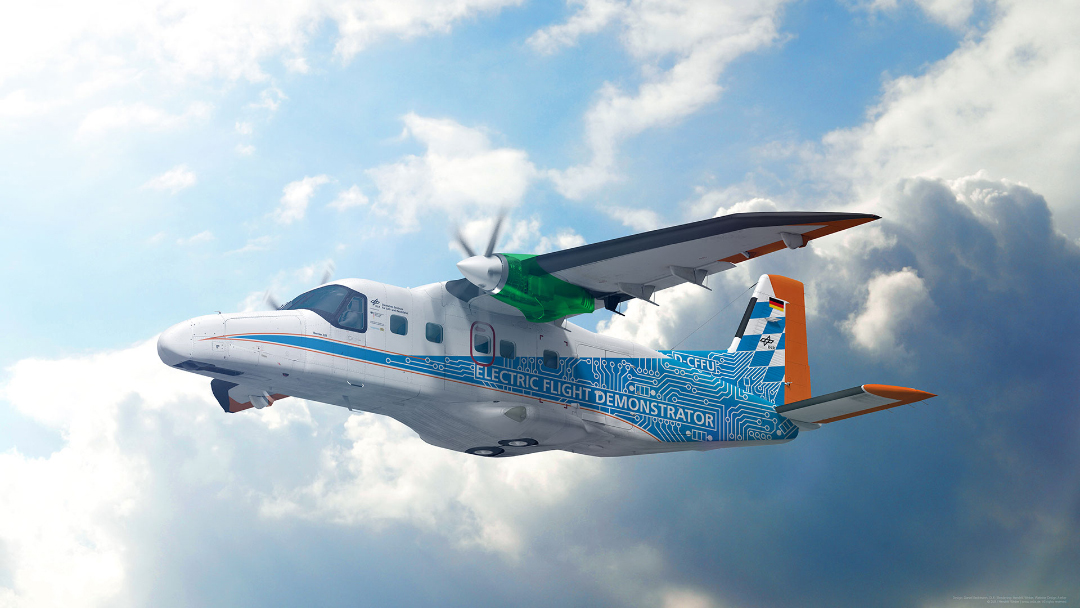
© DLR/Hendrik Weber, www.wda.de
The first four-seater hydrogen aircraft
Hydrogen as energy storage, a fuel cell as power generator, a storage battery, and an electric engine with 120 kilowatts – there you go:
the drive for HY4, the worldwide first four-seater airliner featuring a
battery-fuel cell drive. The maiden flight of the aircraft with a maximum
speed of 200 kilometres per hour took place in 2016, the range
is up to 1,500 kilometres. The drive is continuously further developed, it is already in the sixth generation and works well. The overall concept also includes hydrogen tanks which have to be extremely safe and lightweight in aircraft – DLR is conducting research in this field as well. In the project, DLR is collaborating with the Slovenian aircraft manufacturer Pipistrel, the fuel cell manufacturer Hydrogenics, the DLR spin-off H2FLY and the University of Ulm. As early as 2009, DLR presented the first aircraft capable of taking off exclusively with the drive from a fuel cell in the pioneering project DLR-H2. Hydrogen research is closely related to space flight: in the USA, the first rocket with hydrogen drive was launched in 1966, and today, the European Ariane launcher carries along the huge amount of 25 tons of hydrogen. The hydrogen propulsion units are developed and tested in cooperation with DLR.
© H2FLY GmbH
In the future, such small aircraft will be used as air taxis. Subsequently, the technology can be scaled even for larger aircraft.
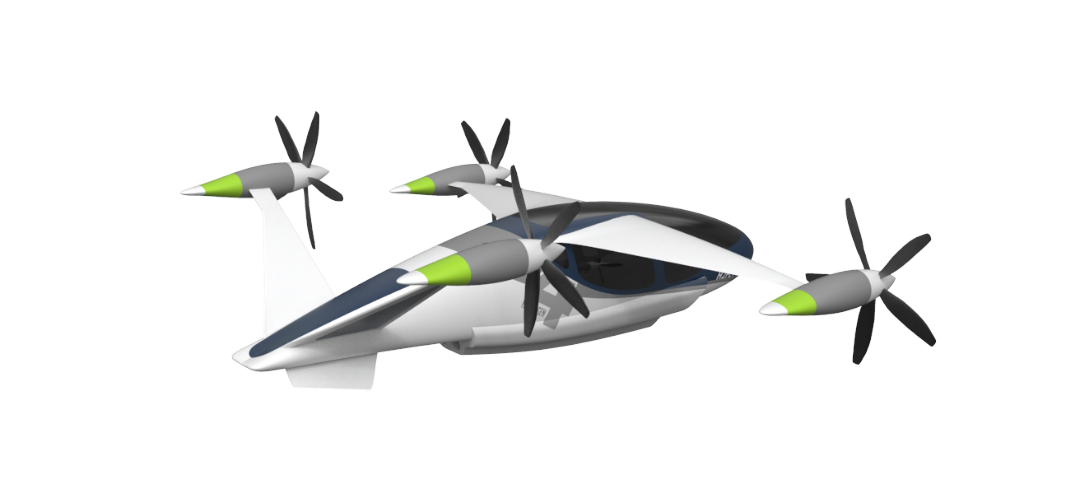
© H2FLY GmbH
In the project “ZEROe“, Airbus is working on hydrogen aircraft for up to 200 passengers. In 2035, the first hydrogen large aircraft might take off.
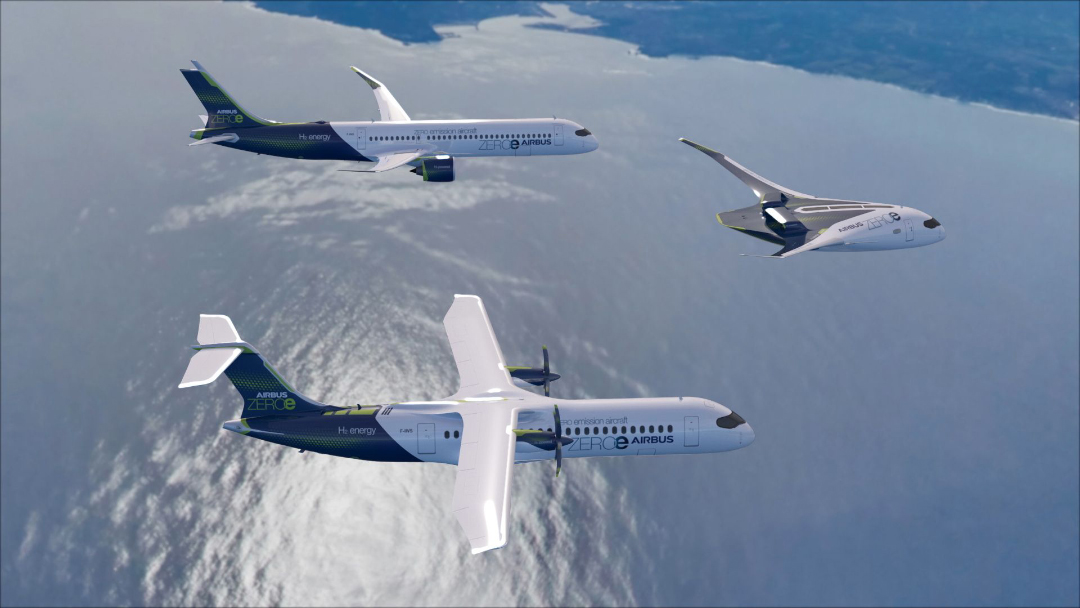
© Airbus
DLR is setting the pace in hydrogen research: Europe’s first hydrogen vehicle originated from DLR in 1978. In 2020, DLR presented the concept of the hydrogen vehicle “Safe Light Regional Vehicle“ (SLRV), featuring a weight of 450 kilogrammes with production cost of just about 15,000 euros in series production.

© DLR
Flying with solar energy or storage batteries
Chances for small airports
There is a tower at every airport. But only if highly qualified air traffic controllers are working there, aircraft can take off and land. A major problem for small airports, especially in rural areas: no personnel – no airport. DLR’s idea: the tower is “remote-controlled“, with the technology on site and air traffic controllers at another airport. In the project “Remote Tower for Multiple Airports“ it is investigated how this vision can become a reality.
© DLR
Navigating indoors: made in Munich
We stay in closed buildings for 90 per cent of the time. Some of them are rather complex: shopping malls, car parks – or airports. Unfortunately, the usual satellite navigation works hardly at all here.
The ground-breaking idea behind NavVis: such interiors are photographed with 90 megapixels through a camera dolly and measured via laser scanning (LIDAR). In this way, a digital twin of reality is created. The idea to develop NavVis emerged from TU Munich; in 2011, DLR became aware of that – and looked for a technology to generate maps on uncharted territory like, for example, on Mars, by means of a robot so that automatic minidrones can find their way with the help of these data. DLR funded the idea, and in 2013, NavVis was founded as a spin-off. From this, a real success story emerged: in 2021, the company is staffed with 200 employees and present in 30 countries.
On Earth, the NavVis app then combines the live images of the smartphone camera with the NavVis data for orientation. So, the smartphone recognises where its owner actually is in the building. At the airport or at the university, travellers or students are shown where they actually are and how they have to move to reach their destination.
© NavVis GmbH


Will robot swarms soon explore Mars?
The project VaMEx – CoSMiC (Valles Marineris Explorer ‒ Cooperative Swarm Navigation, Mission and Control), funded by the German Space Agency at DLR, demonstrates that swarms of autonomous rovers, drones, and robots can explore distant worlds, for example to search for traces of life in the huge canyon system Valles Marineris on Mars. The challenge: the swarms are supposed to act autonomously and make decisions. To this end, the individual swarm members have to explore the terrain, exchange information with each other, jointly make measurements – and, first of all, navigate. Navigation in an unknown world? The NavVis technology assists in fully autonomous mapping.
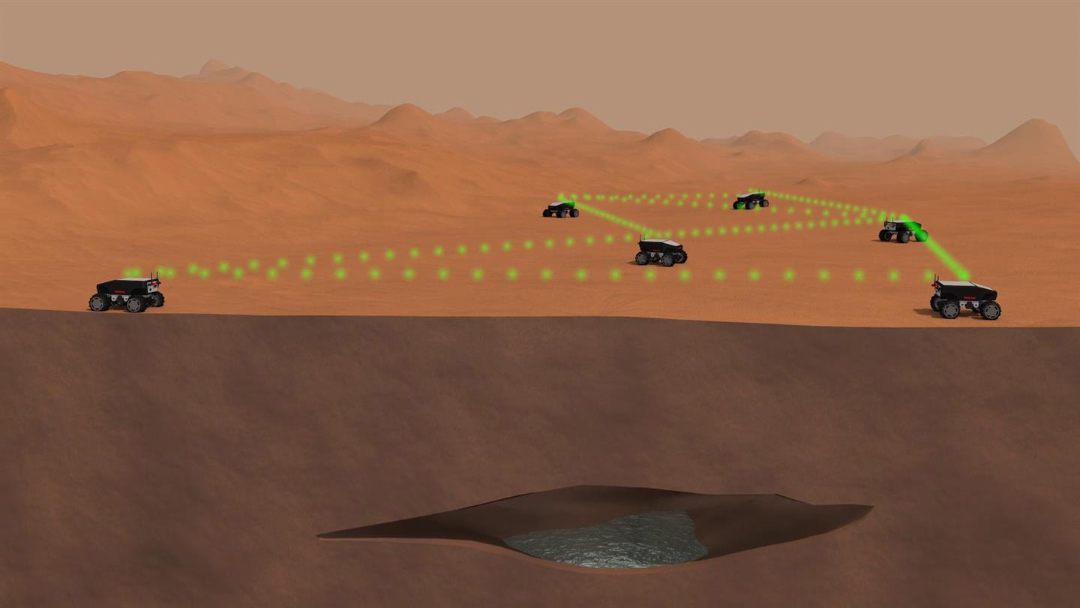
© DLR
Hello Charlie: the ape robot could become part of an exploration swarm on Mars. It is developed at the Robotics Innovation Center (RIC) at the Bremen site of the German Research Center for Artificial Intelligence (DFKI) GmbH. A robot capable of climbing is ideally suited to work in canyons or caves – both on Mars and on Earth. The swarm should be given the capability of deciding on its own what task to take over.
© DFKI
Protection for engines and spaceships at 1,700 degrees Celsius
Turbine blades and spaceships have one thing in common: they have to withstand extreme temperatures – and should be as lightweight as possible at the same time. With turbines, high combustion temperatures are ideal since the fuel is burned more efficiently and cleaner. Space vehicles need heat shields for re-entry into the Earth’s atmosphere. Carbon fibre compounds, known as carbon, are basically ideal since they are very lightweight and solid. However, they cannot stand temperatures of 1,700 degrees Celsius. The solution: a protective coating. With the HOSSA project, researchers from Fraunhofer IISB had the idea to apply cost-efficient high-temperature coatings to carbon by means of powder coating. In this way, the components – for example, a turbine blade or the outer shell of a space probe – are effectively protected. In 2020, this idea won third place in the DLR Challenge at INNOspace Masters.
At the DLR Institute of Materials Research in Cologne, turbine blades for aircraft engines are developed that can stand higher temperatures. The heat resistance improved by 100 to 150 degrees Celsius is achieved by a thermal barrier coating made of zirconium oxide featuring a thickness of 0.002 millimetres only.
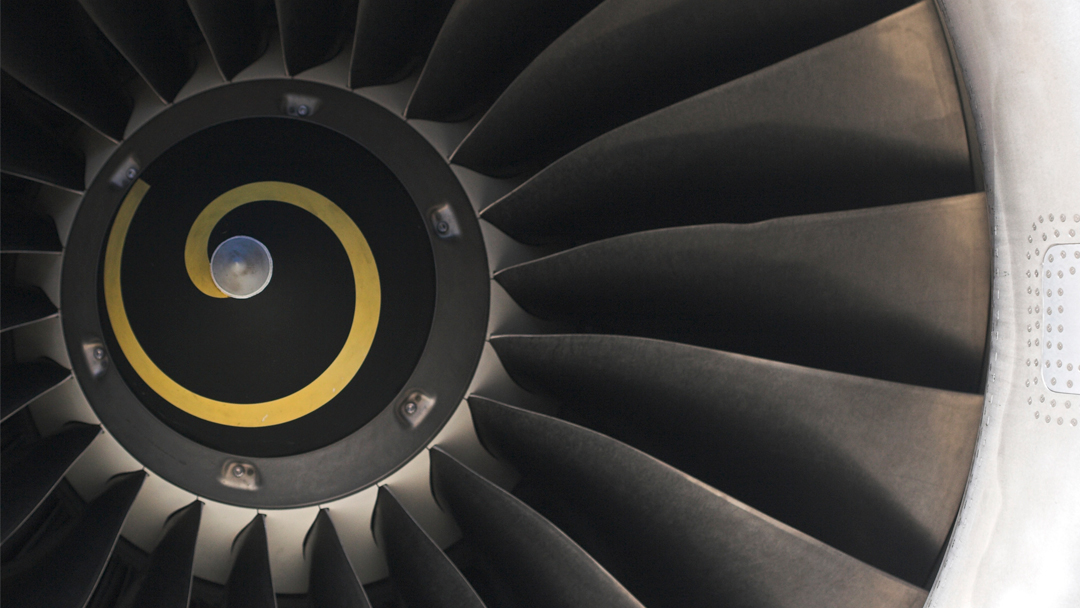
© DLR
Experiments are also conducted with new metal alloys: titanium aluminide alloys (titanium aluminides) are – at lower density – more lightweight as well as harder and more heat-resistant than customary alloys. This material can even be used in powder form in special 3D printers working with temperatures of 1,000 degrees Celsius. In this way, heat-resistant structural components for aerospace applications or turbine blades can be manufactured quickly. The melting and solidification behaviour of these alloys can partly only be investigated under space conditions. The respective experiments were conducted, for example, on board the research rocket MAXUS-8.
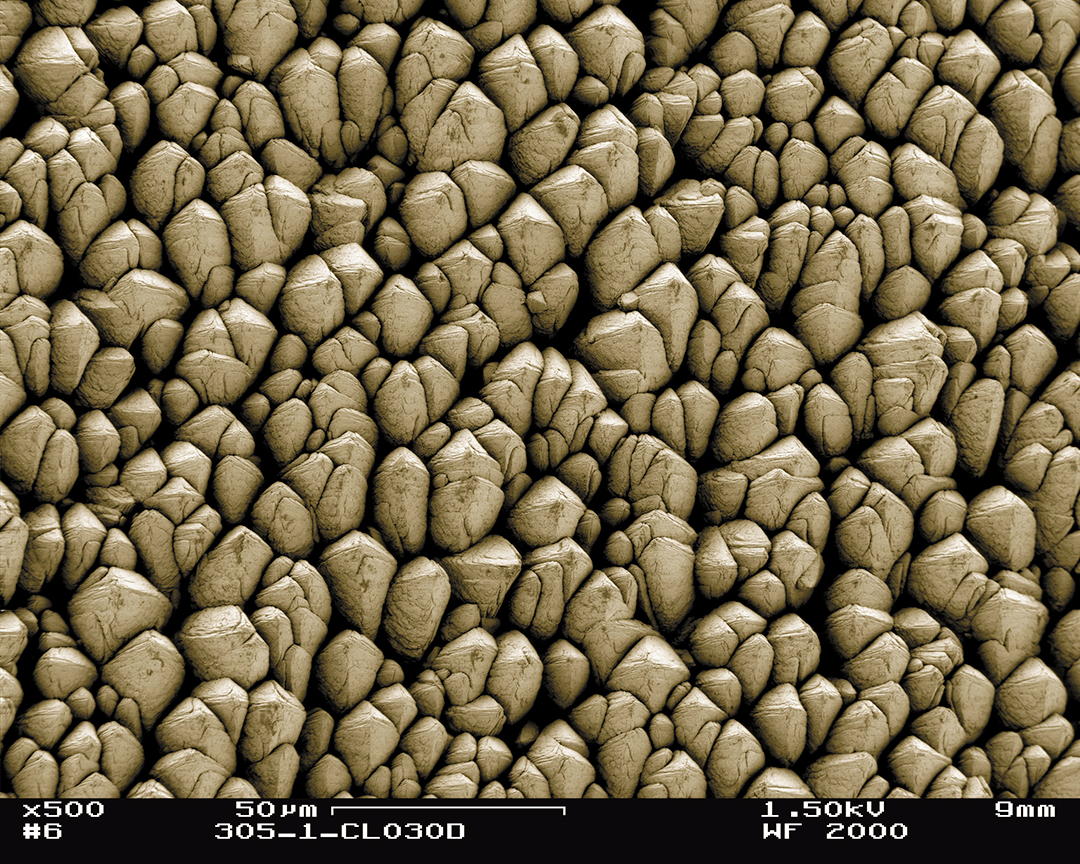
© DLR
